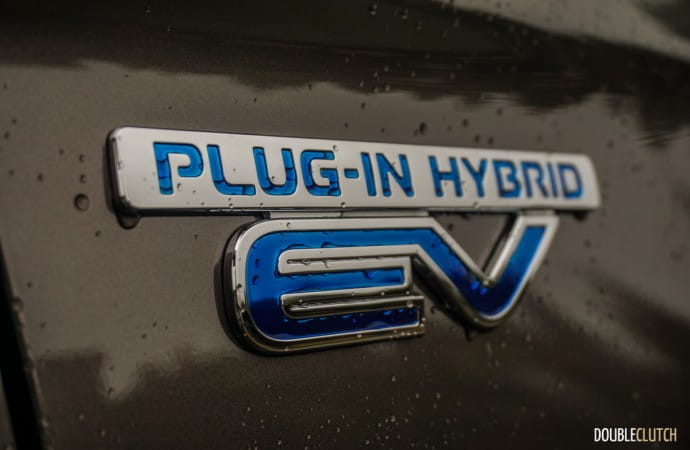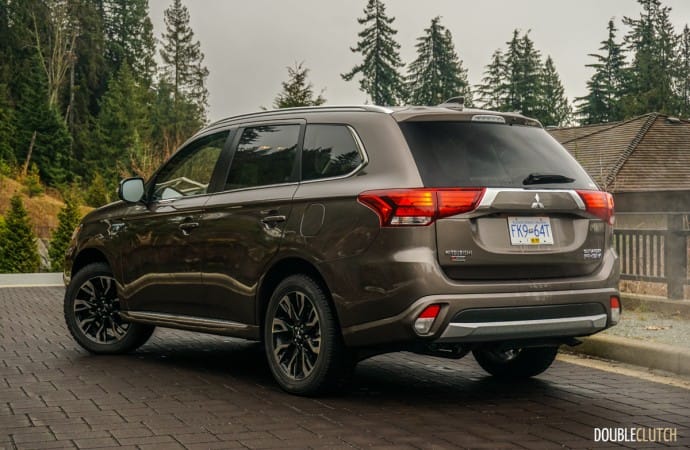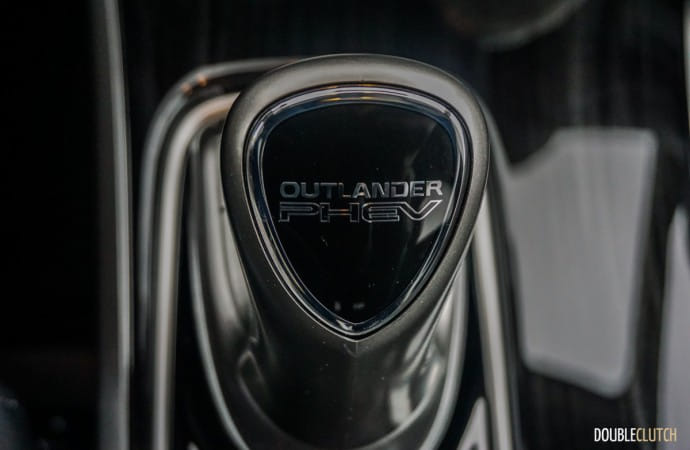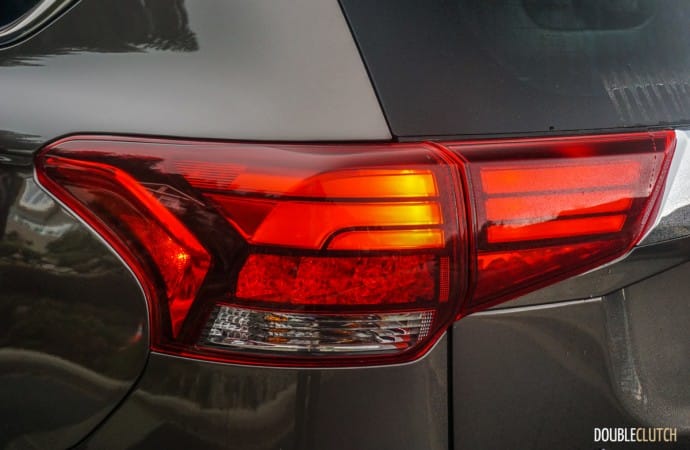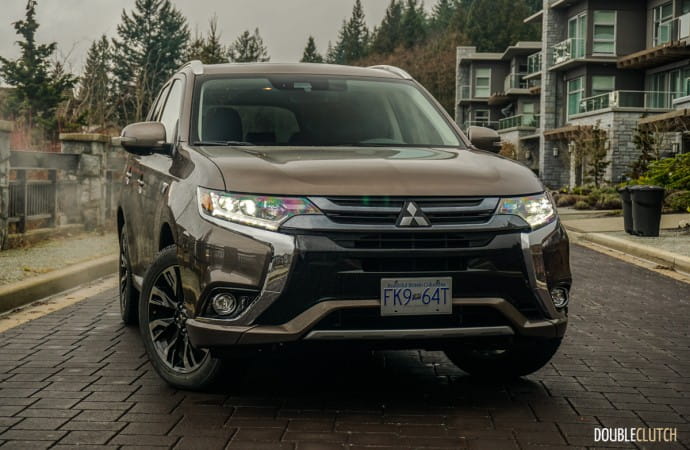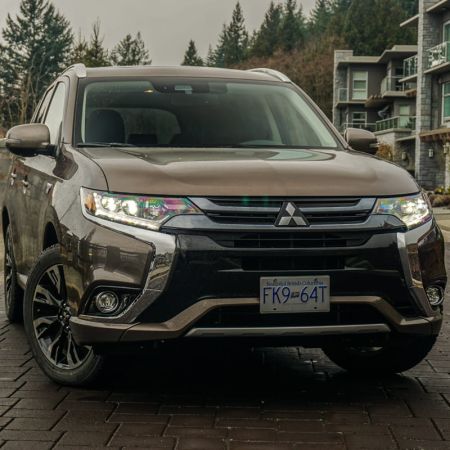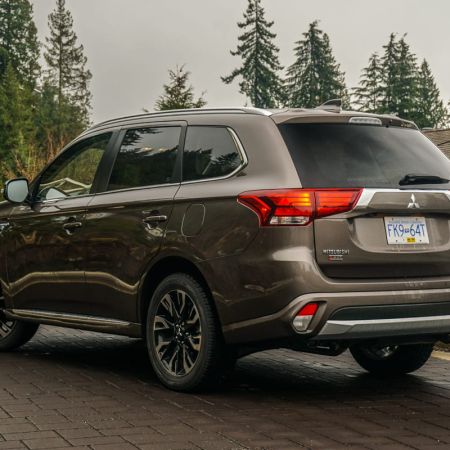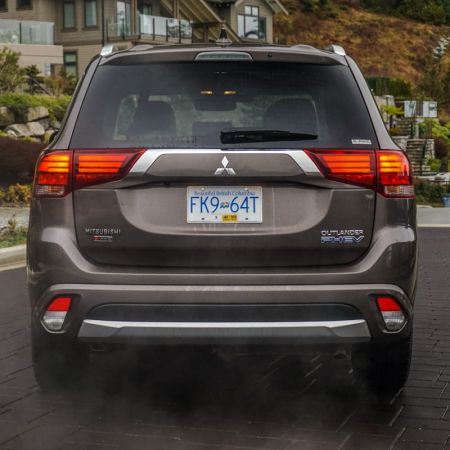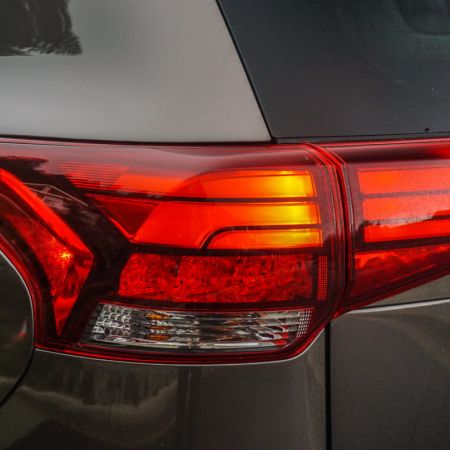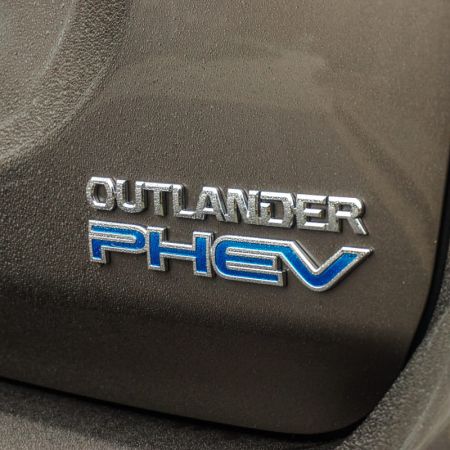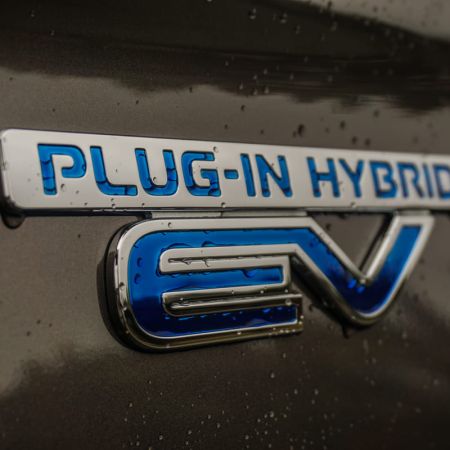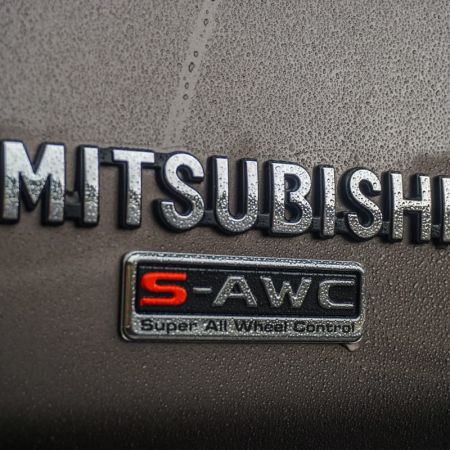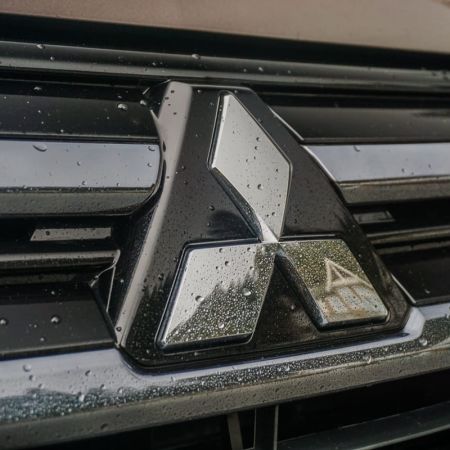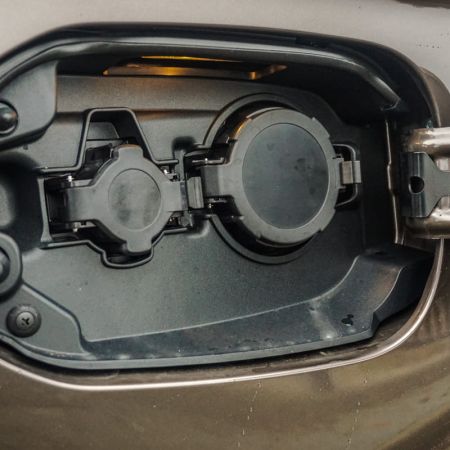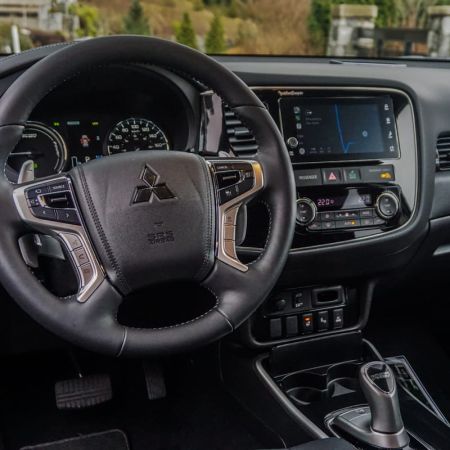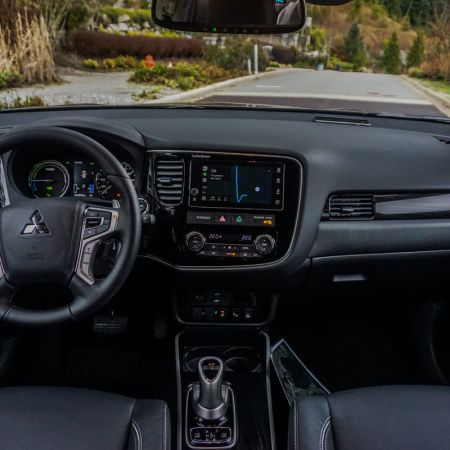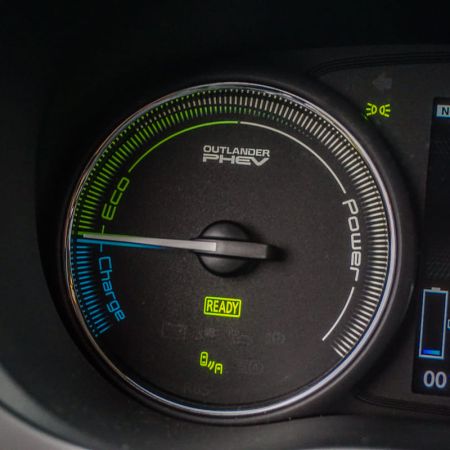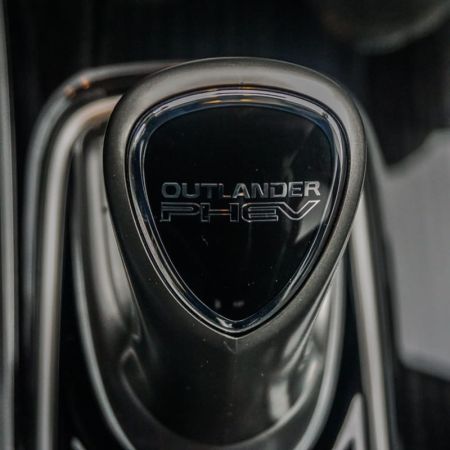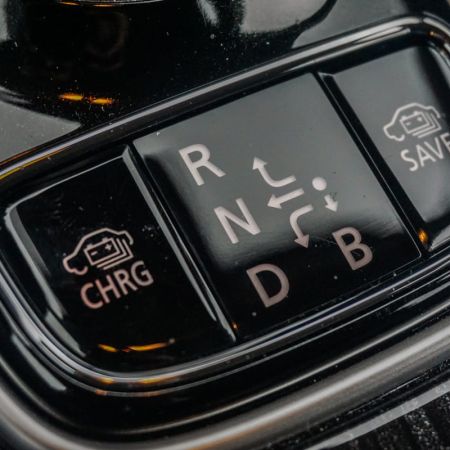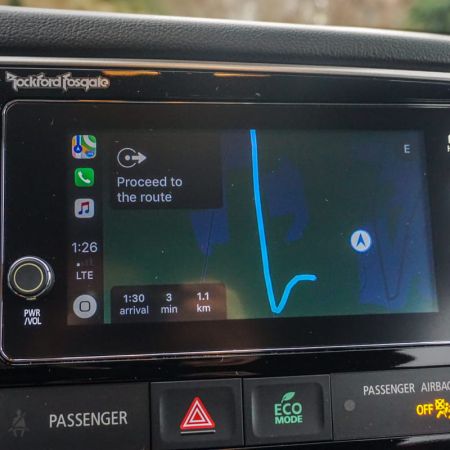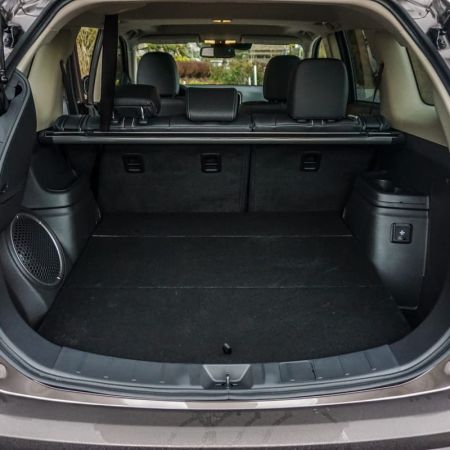VANCOUVER, BRITISH COLUMBIA – In a market that is rapidly being taken over by electric and hybrid-electric vehicles, the mainstream crossover segment is one where these options aren’t quite as common as one would assume. The Toyota RAV4 Hybrid (reviewed here) doesn’t really have any true competitors, but a brand that is often completely forgotten is quietly entering this ball game. We traveled to Vancouver, B.C. to sample the all-new 2018 Mitsubishi Outlander PHEV, and determine whether or not it will be a relevant player in the green crossover market.
Here’s the thing – Mitsubishi is such a big corporation that even with such a low volume of vehicles being sold in North America, they will still remain profitable well into the future. The current Outlander, the third-generation model, has been on sale since the 2013 model year, having seen very minor updates since then. The problem is, every single competitor in the compact to midsize crossover class has seen major developments since then, which have effectively rendered the Outlander somewhat obsolete. The PHEV moves to change some of that, optimizing efficiency while maintaining all of the conveniences including Super All-Wheel Control (S-AWC).
The plug-in hybrid electric system of the Outlander works by using two 80-horsepower electric motors, one each front and rear. These work with a generator, a 12kWh battery pack, and a 2.0L gasoline engine. The gas motor alone is good for 117 horsepower. Combined output is not released by Mitsubishi Motors at this time, but the Outlander feels reasonably peppy in most settings. As with other vehicles with similar propulsion methods, torque is available immediately and acceleration always feels reasonably quick.
S-AWC is Mitsubishi’s four-wheel-drive system. It’s standard fare on all PHEV models, and uses Active Yaw Control and ABS to create a torque vectoring system. It uses a twin-motor system to ensure the correct amount of torque is distributed to the right place at all times. One neat fact is that even in full 4WD mode, the Outlander’s system can still operate in EV-only mode.
Three drive modes are available for the EV system; EV Priority, Battery Charge, and Battery Save. As with other PHEV vehicles, they’re fairly self-explanatory. Most will operate the car in EV Priority for the majority of the time, and this mode will work up to speeds of 120km/h. The Battery Save mode stores all of the charged power, and a great example of when to use this is when your commute starts with a longer highway haul, and has a city portion near the end. Save the battery, use it in the city, and your overall efficiency will be better. The Battery Charge mode uses the gas engine and the generator to replenish up to 80% charge in just 40 minutes.
Outlander PHEV buyers can opt to charge their vehicle in three ways. Level 1 is a standard household outlet, with which the car can charge fully in eight hours. A dedicated Level 2 charging station, which can be easily installed in most home garages, will only require 3.5 hours to get full EV capacity back. Last but not least, the Level 3 “supercharging” stations are available in many major Canadian cities, and will juice the Outlander to 80% in just 25 minutes.
Mitsubishi Motors estimates a full EV range of 35km on this vehicle, and up to 464km using the hybrid system. Using just gasoline, it is rated at 9.4L/100km city, 9.0L/100km highway, and a combined 9.2L/100km. As with all EVs, your mileage will vary depending on the driving style; however Mitsubishi claims a combined 3.2L(e)/100km as an estimate. On our brief drive, we saw up to 40km on EV-only mode. This will suffice for the majority of Canadians’ commutes.
Active safety features on-board the Outlander include virtually everything expected in the segment. Lane departure warning, forward collision mitigation, adaptive cruise control, blind spot monitoring, rear cross-traffic alert, automatic high beams, and a multi-view camera system. These are all available, but not standard fare, and very similar in concept to the CR-V’s Honda Sensing system (reviewed here) or Subaru’s EyeSight. Other notable available features include a heated steering wheel, seats, and LED headlights.
The only real differentiator between the standard Outlander and the PHEV model is the gear selector. It’s almost futuristic in appearance, but is quite easy to operate once past the initial learning curve. It’s very similar to that of the Prius (reviewed here) and the pattern is also virtually identical. Other than that, the Outlander’s rather dated interior is still in play, but we don’t foresee any changes to that until the next-generation model makes its debut.
Many hybrid vehicles compromise a significant amount of cargo space in favour of the battery and other hybrid components. As it currently stands, the Outlander PHEV’s rear cargo area is identical in size to the standard crossover, offering 861L of space behind the rear seats, or 2,209L with the seats folded. The Outlander PHEV is also capable of towing of up to 1,500 lb., enough for small boats or motorcycles.
Before any EV incentives, the Outlander PHEV starts at $42,998 and can be optioned to the $49,998 mark. The SE S-AWC is the base trim, and the SE Touring will add a power sunroof, leather seats, LED headlights and fog lights, and a bit more for $45,998. The top-trim GT S-AWC adds the active safety feature suite, a 1,500W power inverter, power liftgate, and a 710W Rockford Fosgate audio system. Keep in mind, Ontario residents will see a $9,555 rebate on all models.
Pushing $50,000 for this vehicle seems like a lot, but it’s worth noting that like other PHEV models, it currently will qualify for government rebates for green vehicles, as well as green license plates for Ontario residents. The MINI Cooper S E Countryman (reviewed here) is fairly close in price, with its $43,490 sticker. The Outlander is still significantly more when fully loaded, but Mitsubishi Motors has been offering significant cash rebates on all other models, and it’s not unlikely for the same to apply to the Outlander.
At the end of the day, the 2018 Mitsubishi Outlander PHEV is a dive into a market that isn’t all that populated. Mitsubishi’s main conversation piece is their fully transferable 10-year/160,000km powertrain warranty, which also applies to the hybrid system in this case. The Outlander PHEV offers the full-EV capability that the Toyota RAV4 doesn’t, but Toyota’s Hybrid Synergy Drive system is more proven. After spending some time with the latest Mitsubishi has to offer, we are hopeful that this year proves to offer some much-needed rejuvenation to the brand.
See Also:

